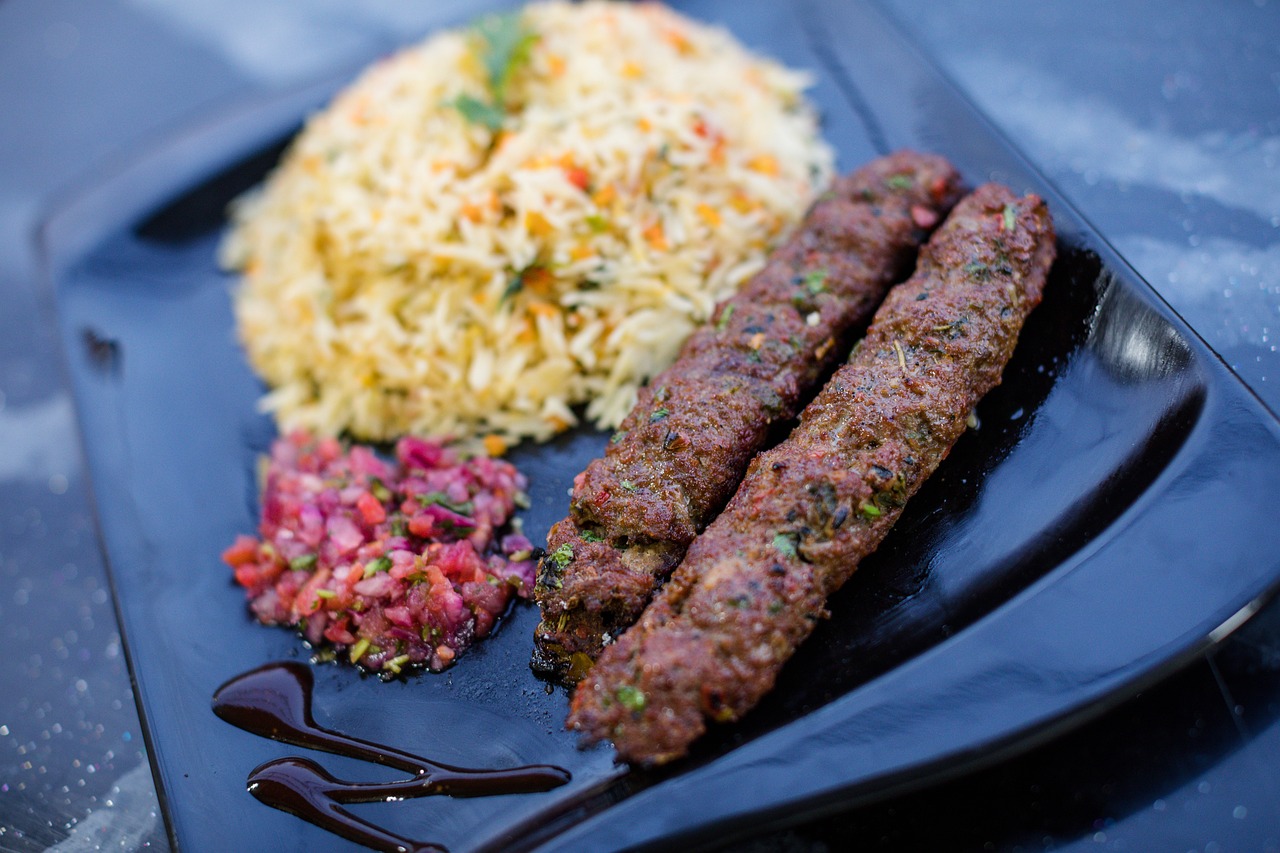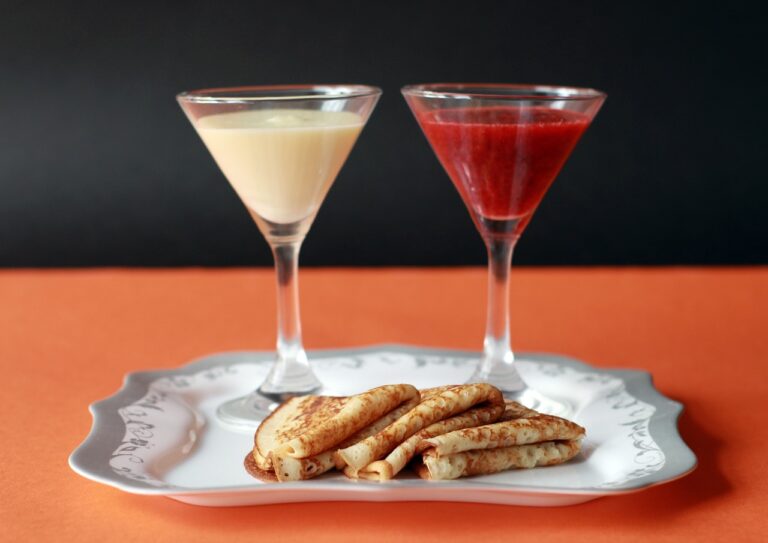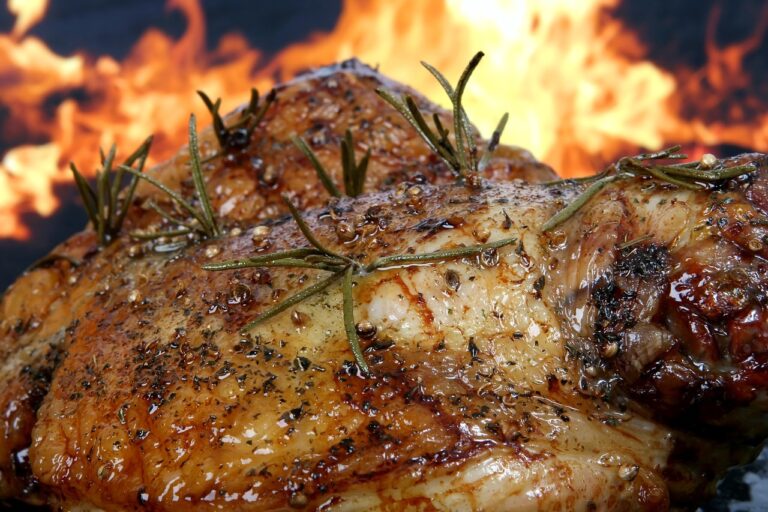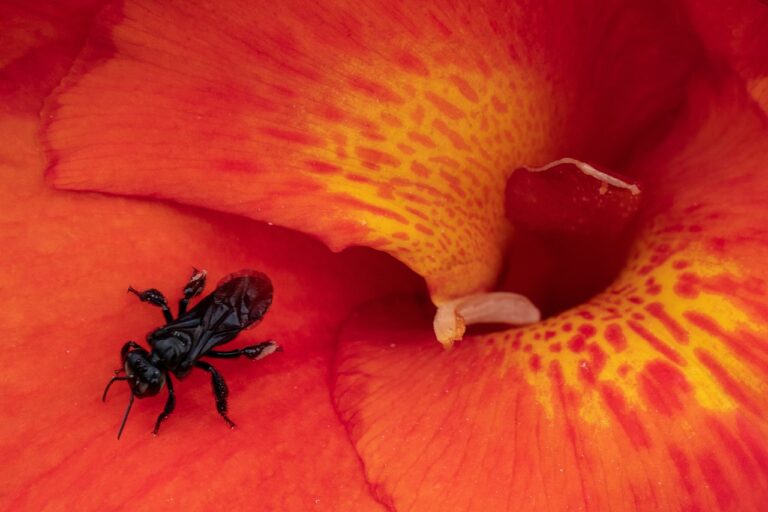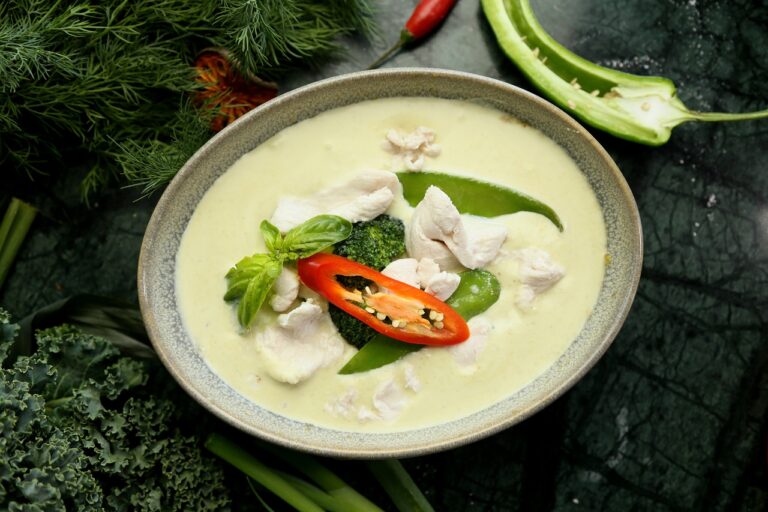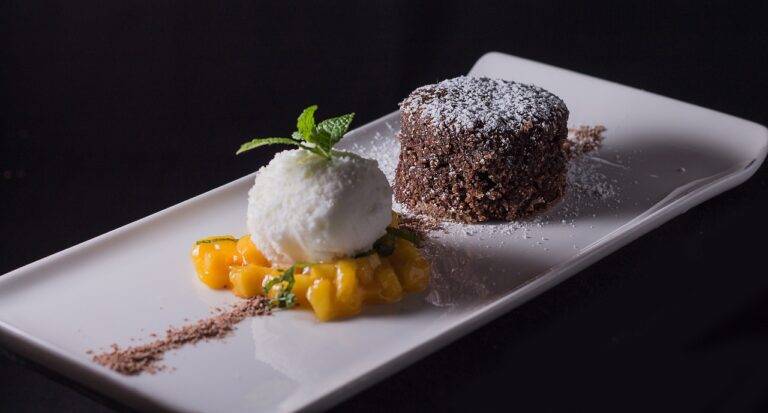The Fascinating History of Chocolate: From Ancient Times to Modern Delights
For thousands of years, cacao has played a vital role in the cultures of Mesoamerica. The origins of cacao can be traced back to the rainforests of Central and South America, where the ancient Olmec civilization is believed to have been among the first to cultivate the cacao tree. These early civilizations revered cacao not only for its culinary uses but also for its medicinal and ceremonial significance.
Archaeological evidence suggests that cacao was consumed as a bitter, frothy beverage by the Mayan and Aztec civilizations, who added ingredients like chili peppers and honey to enhance its flavor. These ancient peoples highly valued cacao, often using it as a form of currency and offering it in religious rituals. The significance of cacao in Mesoamerican culture was such that it eventually made its way into Spanish conquistadors’ hands and spread across Europe and beyond.
Discovery and Spread of Chocolate
Chocolate was first discovered by the ancient Mesoamerican civilizations, who valued cacao beans for their rich flavor and believed they possessed mystical properties. The Olmecs were among the first to cultivate cacao trees around 1900 BC, laying the foundation for the importance of chocolate in the region.
Over time, the popularity of cacao spread to other Mesoamerican cultures such as the Maya and the Aztecs, who further refined the practice of preparing and consuming chocolate. The Aztecs, in particular, considered cacao a luxury item and used it as currency, highlighting the significant role chocolate played in their society.
The Role of Chocolate in Mesoamerican Culture
Cacao, considered a divine gift by the ancient Mesoamericans, held a significant role in their culture beyond culinary pleasures. Its consumption was intertwined with religious rituals, social gatherings, and even medicinal practices. The rich aroma and bitter taste of chocolate were thought to connect the mortal with the divine, reflecting its sacred status among the Aztecs, Maya, and other indigenous peoples.
In Mesoamerican society, chocolate was a symbol of wealth and power, reserved for nobility and warriors. It was often utilized as a form of currency for trade and tribute, demonstrating its economic value. Additionally, chocolate played a crucial role in marriage ceremonies, where it was offered as a token of love and commitment. Its significance in various aspects of Mesoamerican life highlights the profound cultural importance that cacao held in this ancient civilization.
• Chocolate was considered a divine gift by ancient Mesoamericans
• Consumption of cacao was intertwined with religious rituals, social gatherings, and medicinal practices
• The rich aroma and bitter taste of chocolate were believed to connect mortals with the divine
• In Mesoamerican society, chocolate symbolized wealth and power, reserved for nobility and warriors
• Chocolate was used as currency for trade and tribute, showcasing its economic value
• It played a crucial role in marriage ceremonies as a token of love and commitment.
What is the ancient origin of cacao?
Cacao has its ancient origins in Mesoamerica, where it was cultivated and consumed by civilizations such as the Maya and Aztecs.
How was chocolate discovered and spread?
Chocolate was discovered by Mesoamerican civilizations who used cacao beans to create a bitter, spicy drink. It was later introduced to European explorers and eventually spread worldwide.
What role did chocolate play in Mesoamerican culture?
Chocolate held significant cultural and religious importance in Mesoamerican societies. It was used in rituals, ceremonies, and as a form of currency. It was also believed to have mystical and healing properties.
How did the consumption of chocolate differ between Mesoamerican cultures and European societies?
In Mesoamerica, chocolate was consumed as a drink, often mixed with spices and other ingredients. In Europe, chocolate was sweetened and solidified into bars or confections for a more indulgent treat.
Are there any traditional Mesoamerican chocolate recipes that have survived to this day?
Yes, there are traditional Mesoamerican chocolate recipes that have been passed down through generations. These recipes often include cacao, spices, and sometimes even chili peppers for a unique flavor profile.

